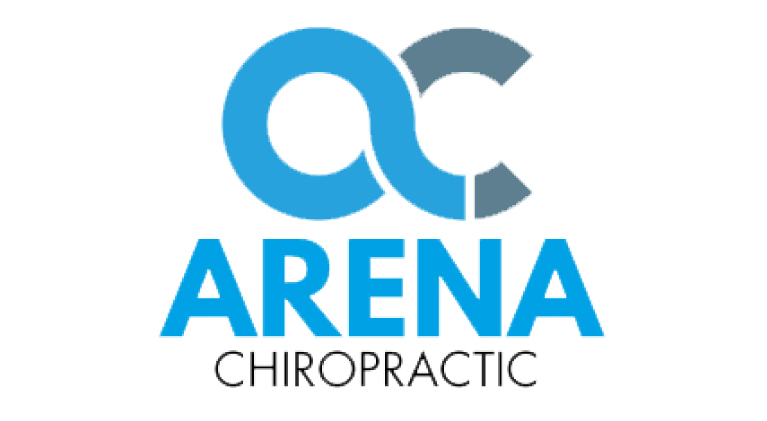In baseball, hitting for the cycle means that a batter hits a single, a double, a triple, and a home run during the same game. Hitting for the cycle is a rare baseball event, occurring about as often as a no-hitter by a pitcher. Certainly, a great deal of skill is involved in accomplishing such a feat. A batter needs to have a good eye, quick hands, speed, and a little bit of luck. If we consider that we’re involved in playing the game of life, we could ask ourselves what it might take to “hit for the cycle” in our regular pursuits. We’d want our “cycles” to be things we succeeded in all the time.
First, we’d want to choose our milestones. In baseball, this is easy. The four bases are right there on the field, 90 feet apart. In our lives, if we wanted to set up milestones related to the health and well-being of ourselves and our families, we’d probably select achievements in the areas of exercise, nutrition, restorative rest, and positive mental attitude. Stretching the metaphor somewhat, if we could get a “base hit” in each of these areas on a daily basis, we’d very likely be improving our health status substantially. The tasks immediately before us, if we’re going to play this “game”, are to establish the kinds of things we’re going to do in each category. Next, we’ll specify the outcomes or measurable results by which we’ll ascertain whether we’re getting done the things we said we’d do.
In terms of exercise, federal guidelines recommend doing 30 minutes of vigorous exercise five times a week. Regarding nutrition, we want to consume at least five servings of fresh fruits and vegetables every day, and make sure we’re obtaining the right amount of calories per day based on our age, height, and body type. With respect to rest, getting eight hours of restorative sleep per night is optimal. Of course, many adults will regularly get less, so a realistic target range is six to eight hours of sleep per night. Action steps related to achieving and maintaining a positive mental attitude include meditation, guided imagery, and spiritual practices. Achieving your goals in each target area on a daily basis will equate to hitting for the cycle in the game of life. Our rewards are the enhanced wellness and well-being of ourselves and our families.
Regular chiropractic care provides great assistance as we pursue our health and wellness goals. By identifying and correcting sources of nerve irritation and spinal dysfunction, regular chiropractic care helps ensure that all the body’s organ systems are receiving the information they need in order to function effectively. In this way, by helping to ensure optimal functioning of our nerve system and musculoskeletal system, regular chiropractic care helps optimize the activities of our entire physiological organism. As a result, we’re able to gain maximum benefit from the healthful activities we’re engaged in as we play the game of life.
1. Wilson MG, et al: Basic science behind the cardiovascular benefits of exercise. Br J Sports Med 50(2):93-99, 2016
2. Rodriguez-Casado A: The Health Potential of Fruits and Vegetables Phytochemicals: Notable Examples. Crit Rev Food Sci Nutr 56(7):1097-107, 2016
3. Helvig A, et al: Rest and the associated benefits in restorative sleep: a concept analysis. J Adv Nurs 72(1):62-72, 2016





